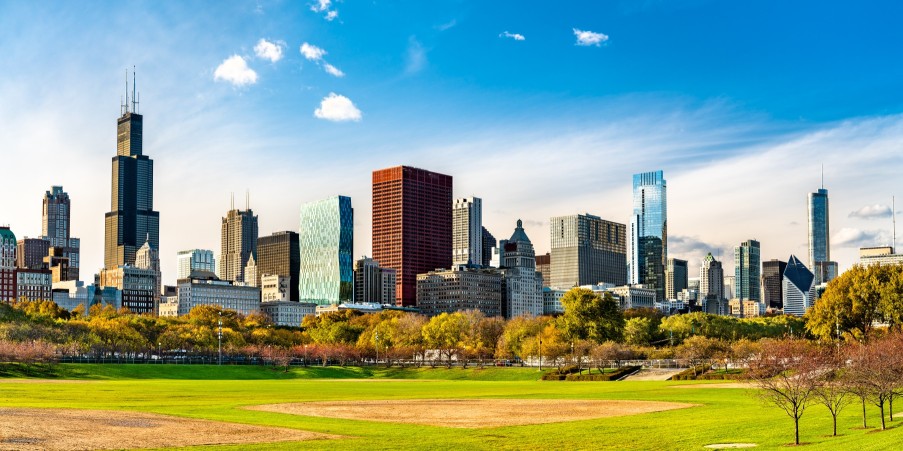
Heavy Rain, Flooding, and Chance of Severe Weather Staring Down the Southern U.S.
January 22, 2024
Posted: October 19, 2021 12:06 pm





The onset of fall is arriving earlier than usual in the South while the northern half of the nation and the Midwest are lagging far behind. This was demonstrated over the weekend when the city of Atlanta experienced its first night in the 40s one day prior to the milestone being reached in New York City, an area hundreds of miles to the north.
Like many cities in the Northeast, Great Lakes, Northern Plains, and the Midwest, residents of New York City may be having a difficult time getting into the fall spirit. According to the National Weather Service (NWS), Manhattan did not dive into the 40s until Central Park recorded a low of 49 degrees on early Monday. This comes close to breaking the record for the latest below 50-degree reading of the season, set back on October 20, 2005.
What is more surprising is that Atlanta hit this milestone earlier than New York City. Not only did Atlanta’s mercury drop below 50 before New York City, but it also beat Washington, DC, and Boston. Atlanta earned the sub-50 reading on the same day as Buffalo, New York, a city known for its long and cold winters.
New York City is not the only city in the metropolitan area that has seen remarkably warm weather this fall. Newark, New Jersey, and Bridgeport, Connecticut have also both recorded the warmest first part of the fall in history, according to data examined by the NWS.
These rare occurrences are yet another example of the strange weather reversal patterns seen all over the US this year.
Another indicator of the unusual fall weather throughout the US this year is demonstrated when looking at some average temperature readings in various geographical locations. For example, while the normally steamy Las Vegas measured an average temperature for the first 17 days of October of 68.4 degrees, the nation’s capital came in even higher at 69.8 degrees for that same time period.
While there have been some variations in isolated locations, the general trend has been that the locations in the north have been experiencing far warmer temperatures when compared to average versus their counterparts in the south.
The late arrival of fall has also translated to warmer than average water temperatures for all of the Great Lakes. All five of these lakes have measured the highest water temperature in recorded history as of October 18.
Another distinguishing element of the fall so far in the Midwest and the Northeast is that the nights have been warm and humid throughout the region. Some areas have not even seen the mercury plunge into the 40s yet, a reading that is consistently met by this time of October during a normal year.
In addition to the warm temperature readings, the air has been moist and humid. This has kept the real feel temperatures feeling even warmer.
Burlington, Vermont is one northern city that has already broken a record when it made it until October 18 for the temperature to fall into the 40s. When the mercury finally dips this low, it will be the latest date on the calendar that it took to reach this milestone in the city’s history. The five-day forecast does not indicate that this will happen for at least a few days.
As a result of the warmer days and nights, the fall foliage season has been delayed in New England. Leaf peepers are reporting that this year’s changing colors are taking their time. There is a good chance that the 2021 fall color peak will approach the 2018 season as the latest peak since this has been observed. This late peak follows what many experts had predicted for the season based on the long-range forecasts.

January 21, 2024

January 19, 2024

January 18, 2024